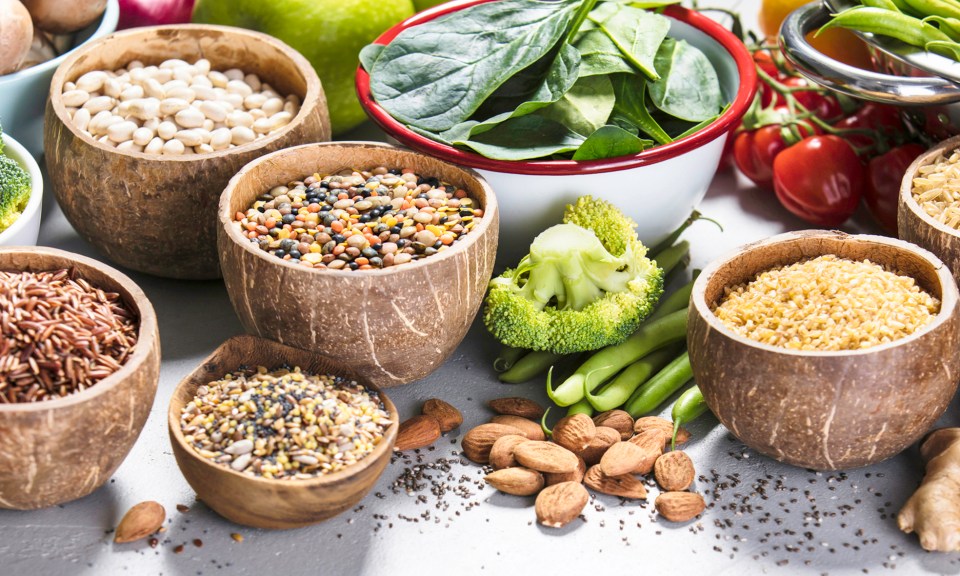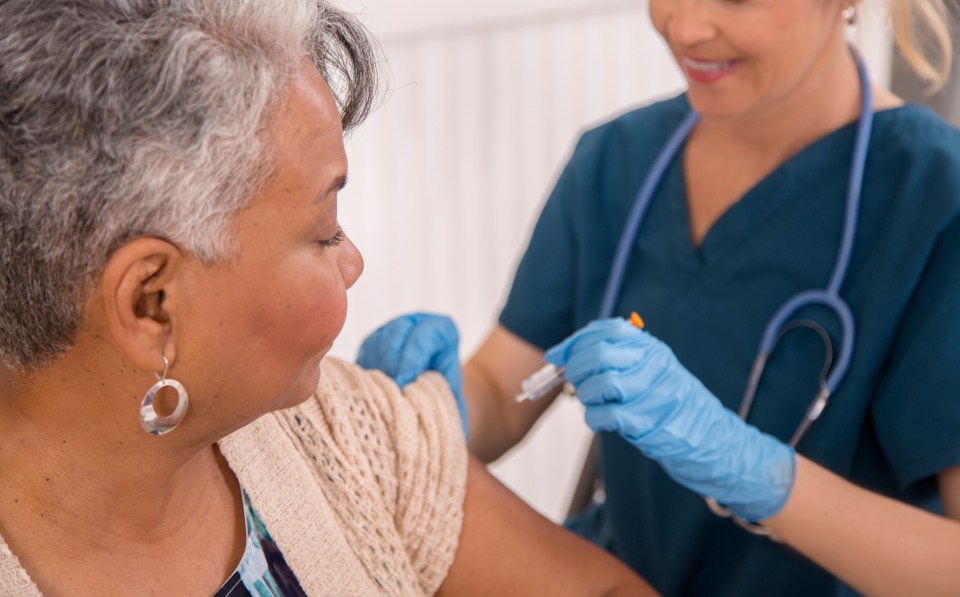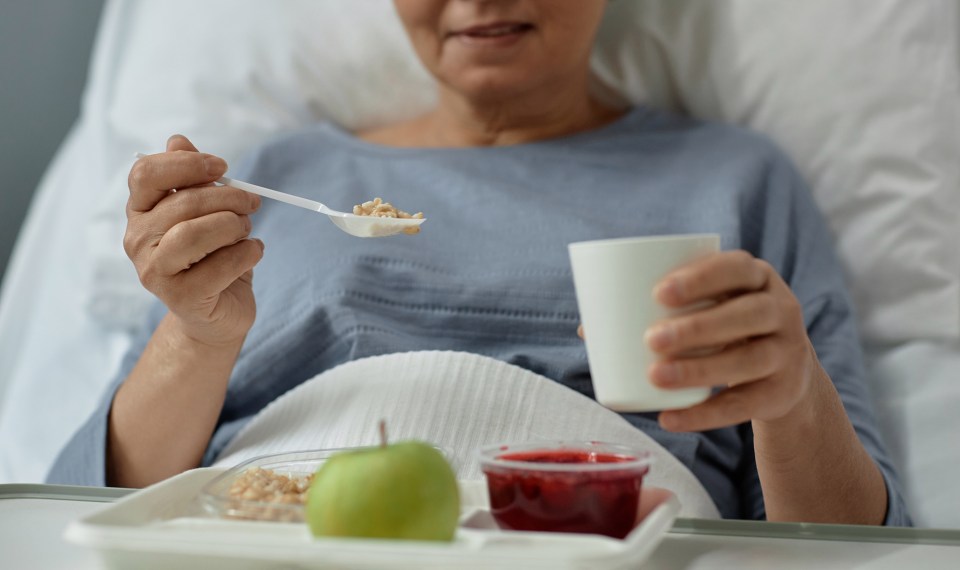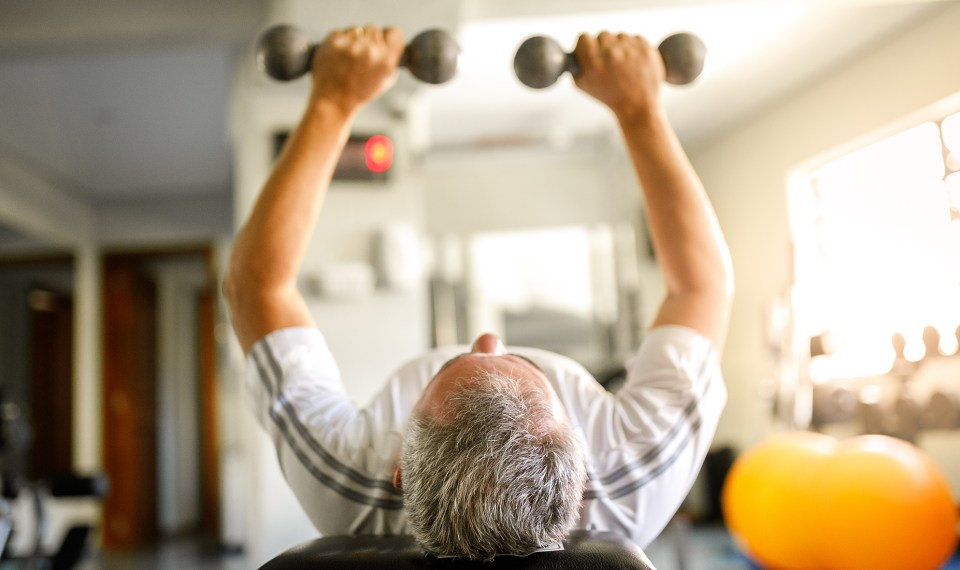Medication isn’t the only solution to managing high blood pressure. Following a high blood pressure diet that is low in sodium and saturated fat can go a long way in controlling blood pressure and could even eliminate or reduce the need for medication.
So, what should and shouldn’t you be eating if you’ve been diagnosed with high blood pressure, also known as hypertension? Alyssa Crouch, a dietitian at MidAmerica Rehabilitation Hospital, said some small changes in what you eat could make a big difference.
“You don’t need to eliminate anything—everything is OK in moderation,” she said. “Diets can be hard to follow, but if you make small changes over time, they can make a big difference.”
Crouch offers the following tips to start eating more healthy foods to manage and control high blood pressure.
Reduce Sodium Intake
A diet high in sodium is one of the leading causes of high blood pressure. Crouch said to check food labels to make sure you are staying within recommended intake. The American Heart Association recommends consuming less than 2300 mg of sodium per day.
“That really boils down to about 140 mg per serving,” Crouch said. “Or say you are eating a frozen meal, that should be about 600 mg total for one meal.”
Since processed foods are typically higher in sodium, Crouch recommends opting for fresh foods when possible. Also, avoid adding salt at the table. Just a few shakes can add up. A quarter teaspoon of salt equals 575 mg of sodium, almost a third of the American Heart Association’s daily recommended intake.
Instead of table salt, opt for salt replacements or lemon juice to add flavor to bland dishes.
Add in Fiber Rich Foods
Studies have shown that fiber can help reduce high blood pressure. High fiber foods include fruits and vegetables, as well as whole grains.
Crouch recommends slowing adding more fiber into your diet, along with plenty of water, to avoid abdominal bloating and cramping.
Replacing white bread with whole grain options is a good way to add fiber to your diet, she added.
Other good sources of fiber include:
- Fruits and vegetables
- Nuts and seeds
- Legumes; beans and lentils
- Whole grains, whole wheat bread or pasta, wild rice, barley, quinoa
Pay Attention to Preparation When Eating Out
It can be difficult to stick to a high blood pressure diet plan when dining out. Crouch suggests looking at how the food is cooked as an indication of whether it’s heart healthy or not.
“Look at how things are made,” she said. “Choose things that are grilled, boiled, baked or steamed—essentially, avoid fried food.”
Crouch also said to avoid adding extra salt to food when dining out, and if you are concerned about sticking to your high blood pressure diet plan, you can always request more heart healthy options and low sodium dishes.
Follow a Research-Based High Blood Pressure Diet
While Crouch acknowledges that diets are difficult to maintain, she highly recommends the National Heart Lung and Blood Institute’s DASH diet, which is more of an eating plan or guide to reduce and control high blood pressure.
The DASH diet, which stands for Dietary Approaches to Stop Hypertension, incorporates all the tips offered by Crouch into one healthy eating plan.
According to the NHLBI, DASH offers weekly nutritional goals that include:
- Eating vegetables, fruits and whole grains
- Including fat-free or low-fat dairy products, fish, poultry, beans, nuts and vegetable oils
- Limiting foods that are high in saturated fat, such as fatty meats, full-fat dairy products and tropical oils such as coconut, palm kernel and palm oils
- Limiting sugar-sweetened beverages and sweets
- Limiting alcohol
“This is a really good diet that is one of the few backed by research,” Crouch said. “The DASH diet has been shown to lower blood pressure in as soon as two weeks. It’s not just for hypertension either. It can help with weight management and all sorts of things.”
Watch This Video for Recipes
This video from NHLBI offers some heart healthy recipes and cooking tips that adhere to the DASH eating guidelines.
The content of this site is for informational purposes only and should not be taken as professional medical advice. Always seek the advice of your physician or other qualified healthcare provider with any questions you may have regarding any medical conditions or treatments.



